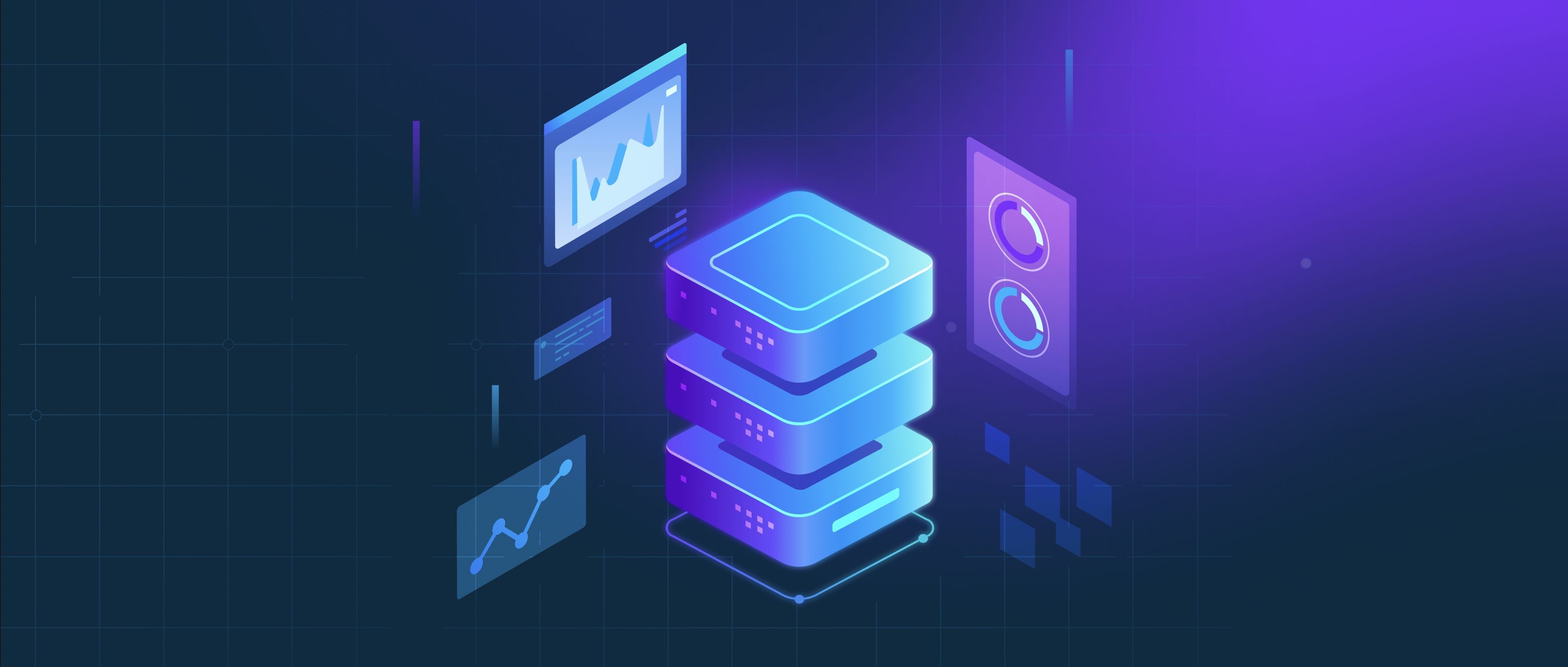Self-supervised learning is a machine learning approach where the model learns from unlabeled data without relying on external annotations. Instead of depending on manually labeled datasets, it generates its own labels from the structure or patterns in the data itself. This is particularly valuable because labeling large datasets can be time-consuming and often expensive. By using self-supervised methods, developers can leverage vast amounts of available unlabeled data to train models effectively.
A common practice in self-supervised learning is to create tasks that allow the model to learn useful representations. For instance, in image processing, a model can be trained to predict parts of an image given other parts. This could involve masking out a section of the image and asking the model to predict what is missing. Another example is contrastive learning, where the model learns to distinguish between similar and different examples, helping it to understand the underlying features that define categories without explicitly labeling them.
The advantages of self-supervised learning extend to various domains, including natural language processing, computer vision, and speech recognition. For instance, in natural language tasks, models like BERT use self-supervised objectives to understand context by predicting missing words in a sentence. In computer vision, techniques like SimCLR utilize augmented image pairs to teach models to recognize object identities. By employing self-supervised learning, developers can build more generalized models that perform well on tasks they were not specifically trained for while significantly reducing dependency on labeled data.
